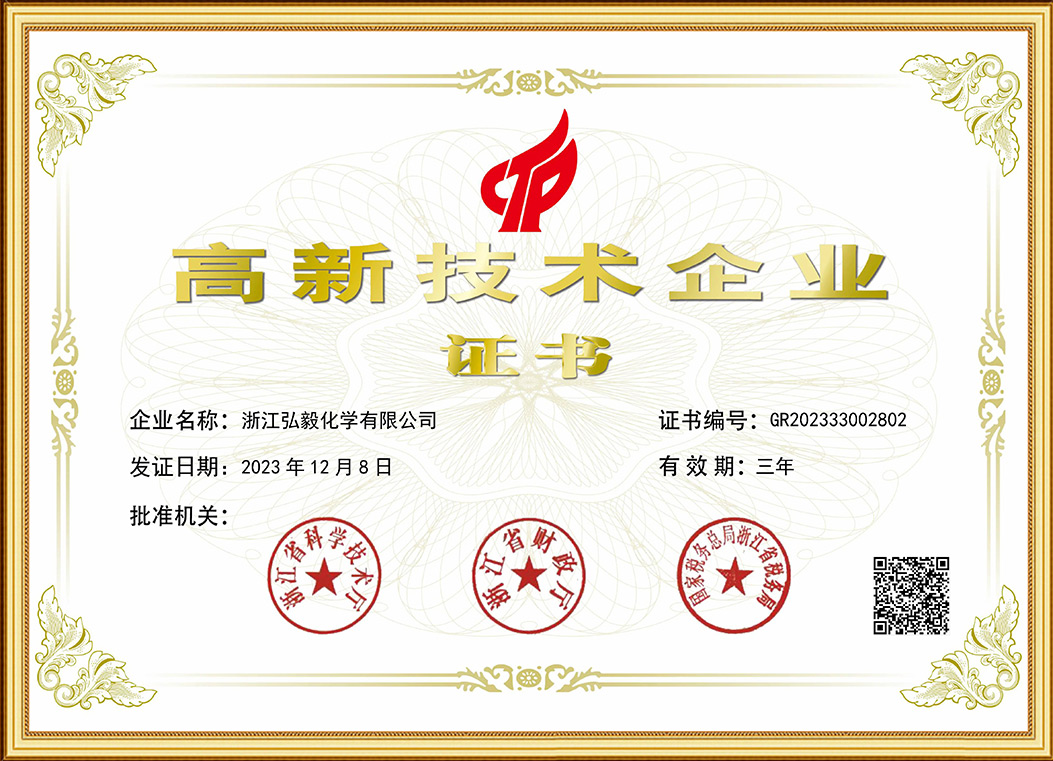Advances in materials science continue to drive the demand for precise optical enhancement solutions. In this area, optical brightener OB-1 is a key ingredient in achieving specific whiteness and brightness profiles in a variety of industrial applications. This brightener exemplifies our continued development of targeted chemistry to meet demanding performance requirements.
Understanding Optical Brightener OB-1: Technical Characteristics and Mechanism
Optical Brightener OB-1 belongs to the bis-benzoxazolyl derivative class of Fluorescent Whitening Agents. Its core function operates on fluorescence: absorbing ultraviolet light within the 300-400 nm wavelength range and re-emitting this energy as visible blue-violet light, typically within the 420-480 nm spectrum. This emitted blue light effectively counteracts the inherent yellowish tint present in many substrates, resulting in a perceptible increase in whiteness and brightness. Key technical attributes associated with OB-1 include a high melting point, good thermal stability suitable for demanding processing environments, and specific solubility characteristics relevant to its intended application methods. Its inherent fluorescence efficiency under appropriate conditions is fundamental to its performance in various matrices.

Targeted Applications: Performance Scope of Optical Brightener OB-1
The specific technical profile of Optical Brightener OB-1 makes it suitable for several industrial segments requiring consistent and durable whitening effects:
Synthetic Fibers: OB-1 finds significant application in the mass pigmentation (dope dyeing) of synthetic fibers such as polyester (PET), polyamide (nylon), and acetate. Its thermal stability allows it to withstand the high temperatures inherent in fiber extrusion and texturing processes without significant degradation, imparting durable whiteness directly integrated into the polymer structure.
Plastics and Polymers: Within the plastics industry, encompassing processes like injection molding, extrusion, and film blowing for materials including PVC, polyolefins (PP, PE), and ABS, Optical Brightener OB-1 is incorporated to elevate the whiteness and brightness of finished articles. Compatibility with the polymer matrix and stability during high-temperature processing are crucial factors for effectiveness.
Coatings and Paints: Specific coating formulations utilize OB-1 to achieve a brighter white base or to mitigate yellowing tendencies in clear coats, contributing to the desired aesthetic finish of coated surfaces across various substrates.
Specialty Detergent Systems: While primarily associated with polymer applications, OB-1 can also be incorporated into select industrial or specialized detergent formulations where its stability profile aligns with the system requirements.
Technical Development of Fluorescent Whitening Agents like OB-1
The capacity to develop and supply consistent Fluorescent Whitening Agent solutions, including optimized Optical Brightener OB-1, relies on dedicated research infrastructure and scientific collaboration. Advanced R&D processes focus on the chemistry and application technology of optical brighteners. Engagement with academic research provides access to sophisticated analytical techniques and fundamental scientific insights. This research commitment underpins contributions to the formulation and refinement of relevant technical standards within the chemical industry. Development involves rigorous testing under simulated application conditions, evaluating parameters such as whitening intensity, resulting hue, substrate compatibility, lightfastness, and thermal stability to meet defined technical specifications.
Production and Quality Assurance for Consistent Performance
Supporting the development of specialized agents like OB-1 requires robust manufacturing capabilities. Standardized processes are implemented to ensure batch-to-batch consistency of Optical Brightener OB-1 and related Fluorescent Whitening Agents. Integrated quality control protocols span the entire manufacturing cycle, from initial raw material assessment through intermediate stages to final product analysis. Critical parameters monitored include purity, particle size distribution , absorbance and fluorescence spectra, and ash content, all measured against established technical specifications. This operational discipline aims to deliver products meeting the precise requirements communicated for integration into diverse manufacturing workflows.
Technical Support for Application Implementation
Beyond the supply of materials, technical support is available regarding the practical use of Fluorescent Whitening Agents, particularly Optical Brightener OB-1. This support addresses common application questions encountered during implementation:
Dispersion and Incorporation: Guidance focuses on methodologies for achieving effective dispersion of OB-1 within different polymer matrices or liquid systems to prevent agglomeration and ensure uniform whitening throughout the substrate.
Dosage Optimization: Assistance is provided in determining appropriate addition levels for OB-1, considering factors such as the substrate type, target whitening intensity, and formulation economics, often supported by laboratory-scale trial data.
Compatibility Assessment: Evaluation of potential interactions between OB-1 and other common formulation additives is important to avoid adverse effects on performance or final color outcome.
Performance Evaluation Methods: Recommendations are offered on reliable methodologies for customers to accurately assess the whitening effect and relevant fastness properties of OB-1 within their specific end products under applicable conditions.
Regulatory Information Context: Available data pertaining to the regulatory status of OB-1 for specific applications and geographic regions is provided to assist customers in their compliance evaluations.
The emphasis on Optical Brightener OB-1 highlights the approach of providing targeted solutions for specialized industrial needs. Understanding the distinct performance characteristics of OB-1 – notably its thermal stability and compatibility with synthetic polymers – positions it as an appropriate Fluorescent Whitening Agent for manufacturers in the fiber, plastics, and coatings sectors. Infrastructure supports not only the production of standard OB-1 grades but also facilitates the exploration of adaptations or generates technical data necessary for demanding applications. Ongoing research and development activities continue to investigate the potential of Fluorescent Whitening Agents such as OB-1 and refine related manufacturing processes. Continuous investment in application research ensures that solutions remain aligned with evolving technical requirements and market demands within the optical brightening sector. The development pipeline focuses on addressing emerging challenges and opportunities in substrate enhancement.

 EN
EN 中文
中文 ES
ES




.jpg)












